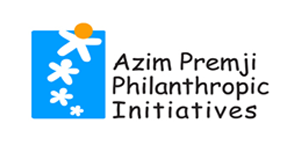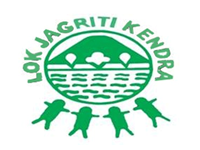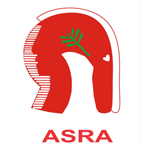Phia Foundation has partnered with APPI (Azim Premji Philanthropic Initiative Pvt. Ltd) on a programme that focuses on strengthening local democracy and capacitate local self-governance in 3 blocks in Jamtara, Gumla and West Singhbhum districts of Jharkhand. The programme intends to strengthen local governance for inclusive and participatory development with special emphasis on the excluded and marginalised communities by capacitating the Gram Sabha and the PRI institutions leading to equity, inclusion and holistic development of poor, vulnerable and marginalized groups.
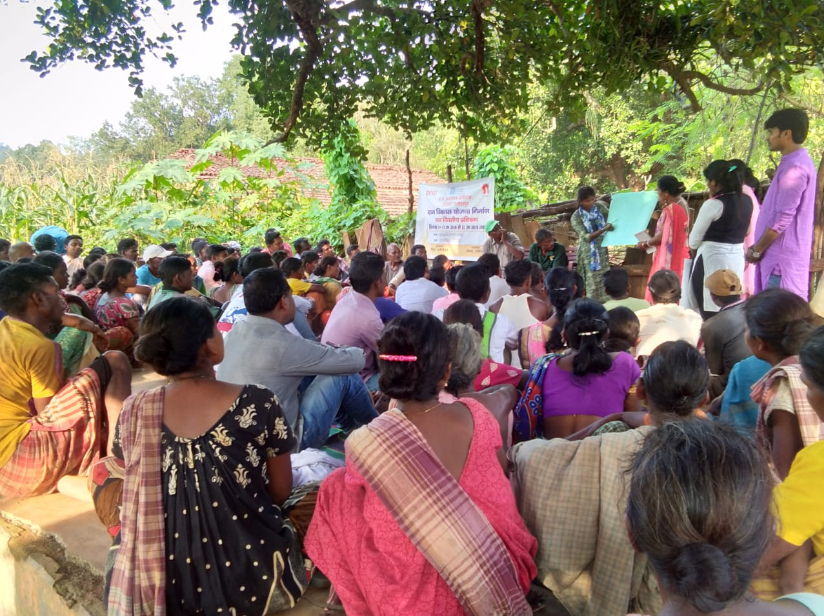
Partnering Hope into Action Foundation (Phia) has partnered with APPI (Azim Premji Philanthropic Initiative Pvt. Ltd) on a programme that focusses on strengthening local democracy and capacitate local self-governance in 3 blocks in Jamtara, Gumla and West Singhbhum districts of Jharkhand. All these districts fall under the 5th Scheduled Area hence provisions under the Panchayats Extension to Scheduled Areas Act, 1996 (PESA) are applicable, presenting an opportunity in the form of a greater role for Gram Sabhas in local governance systems and management of local resources. The three districts proposed also have a differential composition of the tribal communities, which is expected to provide the programme with critical insights into the functioning of the PRIs and local governance in three different community contexts.
The programme intends to strengthen local governance for inclusive and participatory development with special emphasis on the excluded and marginalised communities by capacitating the Gram Sabha and the PRI institutions leading to equity, inclusion and holistic development of poor, vulnerable and marginalized groups. Another focus of the intervention is to strengthen the Panchayati Raj System and other governance mechanisms through provisions of Jharkhand Panchayati Raj Act, PESA, Chotanagpur Tenancy Act, Santhal Parganas Tenancy Act and other relevant legislation. The focus is to strengthen and capacitate the standing committees of the Panchayats and ensure their effective functioning. Phia Foundation is leading the programme with four other civil society organizations namely Society for Reformation and Advancement of Adivasis (ASRA), Animation Rural Outreach Service (Arouse) Society, Lok Jagriti Kendra (LJK) and Samvad.
Jharkhand is a state of the tribal groups who have their own traditional and social institutions with a strong concept of democratic participation and governance. The traditional institutions have been a product of a system developed by the tribals, evolved and modified in a natural evolution process through ages. Among the 32 Tribes in Jharkhand 08 Tribes are categorised under Particularly Vulnerable Tribal Groups (PVTGs). The PVTGs are the administratively most cared-for tribes. They comprise of the hunter-gatherer and shifting cultivator groups. They are the object of study by the academicians, targets of development programmes by development policy planners, people of special treatment by the administrators. The project focuses around the framework of good governance, community empowerment and effective access to rights and entitlements for the communities and strengthening the PRI system and other governance mechanisms through provisions of Jharkhand Panchayati Raj Act (JPRA), PESA, Chhota Nagpur Tenancy Act (CNT), Santhal Pargana Tenancy (SPT) and other relevant legislation. The purpose of the project is to demonstrate increased uptake of rights and entitlements by target communities through effective demand creation, accountable and inclusive governance.
- Strengthening local governance for inclusive and participatory development with special emphasis on the excluded and marginalised communities
- Strengthening Gram Sabha and the PRI institutions leading to equity, inclusion and holistic development of poor, vulnerable and marginalized groups.
- Strengthening the standing committees of gram sabhas and enabling them to function as sub committees of gram sabha.
- Work through community collectives for strengthening representation, participation and operational capacities of Gram Panchayats and Gram Sabhas leading to inclusive implementation of the development programmes and accountable local governance.
- Building on the past work done through the Poorest Areas Civil Society (PACS) Programme and the investments made through it in fostering and capacitating community collectives of the socially excluded and marginalised around various rights and entitlements.
Our Project Area
The total population covered through the project is 2,10,000 and total households covered are 42,000. The project is operational in 3 Districts, 3 Blocks and 358 villages of Jharkhand.

PESA and JPRA in Jharkhand
In Jharkhand tribes constitute 26% population and 14 districts fall under the Vth Schedule. The 3 selected districts fall under the Vth Schedule, they have a high concentration of tribal population and PESA, 1996 is applicable. Though PESA is applicable in Jharkhand but state specific rules for its implementations have not yet been formulated. Gumla has an intervention with the Oraon tribe, West Singhbhum with Ho tribe and Jamtara with Sauria Pahadia and Santhals. The proposed districts are very rich in forest resources. The districts are also rich in mineral resources including iron ore, manganese, limestone, kainite, chromite and mica. Forest and environment is under threat from mining and expanding human encroachment. Except for Jamtara, the other 2 districts are a part of the Red Corridor. Historically and traditionally the Gram Sabhas have been in existence and active under the leadership of Mundas, Mankies, Parahs and Majhis in the state. Compared to other states, this is the second term of Panchayati Raj Institutions in Jharkhand as per the 73rd Constitutional Amendment Act, where as other states have 5th terms of PRIs.
As per the provisions of Jharkhand Panchayati Raj Act 2001, each Gram Sabha has to have 8 Standing Committees. Even after five years of implementation of Panchayati Raj System in the state, the above mentioned Standing Committees are not functioning as expected. There are various departmental committees functioning on different themes with the support from various departments. The functioning of these committees is not in accordance with the Jharkhand Panchayati Raj Act 2001 and is undermining the significance of Gram Sabha. There is minimal participation of women in Gram Sabha Village development planning does not democratically happen and is merely confined to listing of schemes Gram Sabha at Tola level is not recognized which results in non-representation of individuals in a meeting called at the level of revenue village.
Our Partners
Success
Stories
-
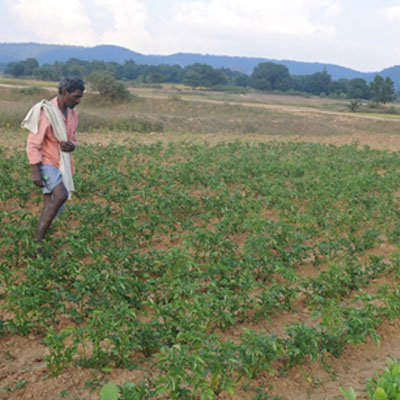
Kerabar village comes under Barwenagar Panchayat, Chainpur Block, Gumla district in Jharkhand. There are 39 households in the village. The main occupation of the people in this village is rain fed agriculture. Some years back, a vibrant Gram Sabha under the leadership of the traditional leader used to exist. However, it has become defunct in recent years.
Gram Sabha Initiating Village Development Activities
-

Chiriya is a revenue village of Manoharpur block. It is located by the bank of a beautiful river. The inhabitants of Chiriya largely depend on water from this river for their household use and irrigation purposes. There are 140 households in the village. Chiriya is known for the iron ore mines operated by the Steel Authority of India Limited (SAIL). A kachcha road connects the mining area from the main road. Vehicles from SAIL use the road all through the day and it makes the road dusty. This is unhygienic and unhealthy for the residents.
Solving the water issues at Chiriya
-

Gompu is an unrecognized forest village in Chiriya panchayat of Manoharpur block. There are 45 households with a population of 225. Since it is an unrecognized forest village, and not a revenue village, the residing community is deprived of their rights and entitlements so far. As a consequence, their living conditions are poor. For the last 4-5 years they have been longing to get their hamlet converted into a revenue village so that they can get the benefits of government schemes and programs. However, they were unable to move further due to lack of information on how to go about it.
Reinforcing belief in the Gram Panchayat
-

Kali Pahari village is situated in Khamarbad panchayat, Fatehpur Block in Jamtara district and consists of 2 Tolas namely Upar tola and Aadiwasi tola with 71 households. Its distance from the block office is approximately 15 kms. and 22 kms. from the district headquarters. In the village, communities from 2 castes (Bangali and Santhal tribal) reside. There is an issue of unavailability of safe drinking water in the village. There have been numerous occasions that despite bringing up the issue to be resolved the voices of the community have gone unheard.
Success Story of Kali Pahari village
-
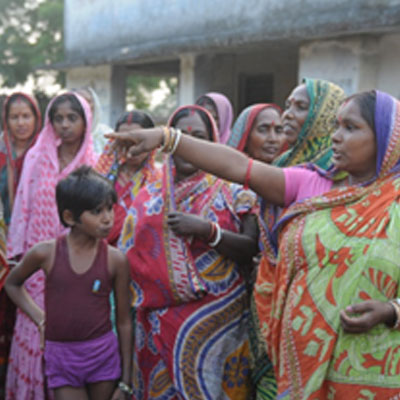
Khijuriya is a revenue village under Fatehpur panchayat, in Jamtara district. The village has a mixed population comprising of tribal, non-tribal, backward castes and minorities. Even though the village is in proximity to Fatehpur block, delivery of services and entitlements to the community is poor. In the absence of proper health facilities, the people of the community have to cover a distance of around 40 kms to reach Jamtara or Dumka to avail adequate health facilities.
The Case of Closed Anganwadi Centre
-
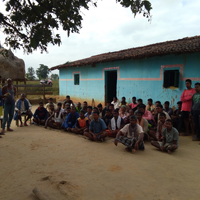
The tale of Dimbuli village under Manoharpur Block is a significant implication of Gram Sabha empowerment. The village with seven Tolas and about 420 families has kept a big industrial house away from acquiring land to set up a hot metal plant there. Although the protest against the steel plant began in the year 2017 itself, after empowerment of Gram Sabha the villagers adopted a systematic approach towards it and have not given approval for land transfer for the plant yet.
Gram Sabha raises concern over land acquisition
-
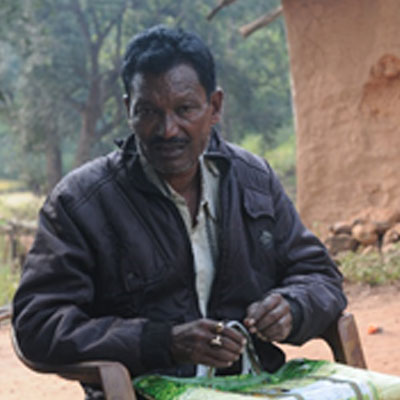
Binua village of Chiriya Panchayat in West Singhbhum district is situated near one of the oldest iron ore mines in Jharkhand. And, yet development is far away from the village where people are living in penury at the same time bearing the consequences of industrialization. The village, comprising of six Tolas and 145 families is struggling to get even pure drinking water.
Gram Sabha raises voice against river pollution
-
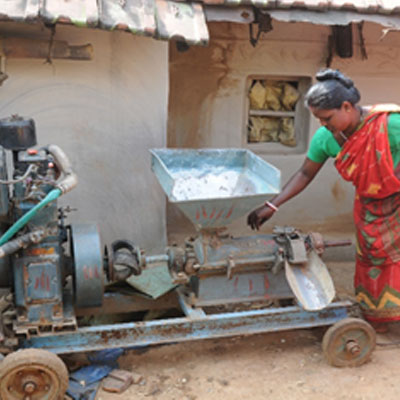
Very few villages in Jharkhand have Gram Sabhas that are not only functioning but also making development plans to be implemented by government agencies. Manjhladih village of Chapudia Panchayat in Jamtara district boasts to be one of them.
Gram Sabha submits its Village Development Plan
-
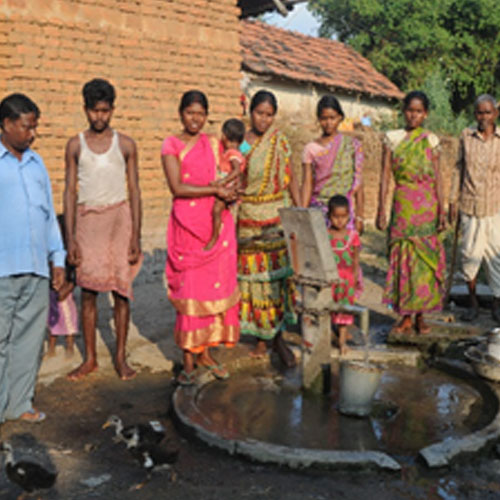
The villagers of Manjhlachala in Dumariya Panchyat of Jamtara district are no more ignorant to the concept of the Gram Sabha. As they sit and discuss issues of common concern and make their voices heard, they have begun understanding the value of local self governance and the dimensions of the Panchyati Raj system. With the help of Lok Jagriti Kendra and PHIA in association with APPI, they have begun questioning the authorities and making a way for the development of their village in the short duration of eight months.
Help comes handy for village Hand pumps in Manjhlachala
-
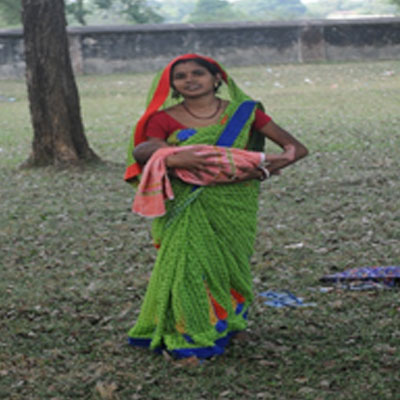
The residents of Fatehpur village under Jamtara district had little idea of what a Gram Sabha is. For decades they were manipulated by middlemen and were used to giving their consent on government schemes without having a say in their positioning and implementation in their village. Unaware of the concept of Panchayati Raj system they were devoid of the powers of Gram Sabha and the powers vested in them by legislation.
Gram Sabha raises voice against illegal sand mining
Phia Foundation is a trade name of Partnering Hope into Action Foundation
Copyright © 2024 APPI. All right reserved | Developed by Mosaic Media



